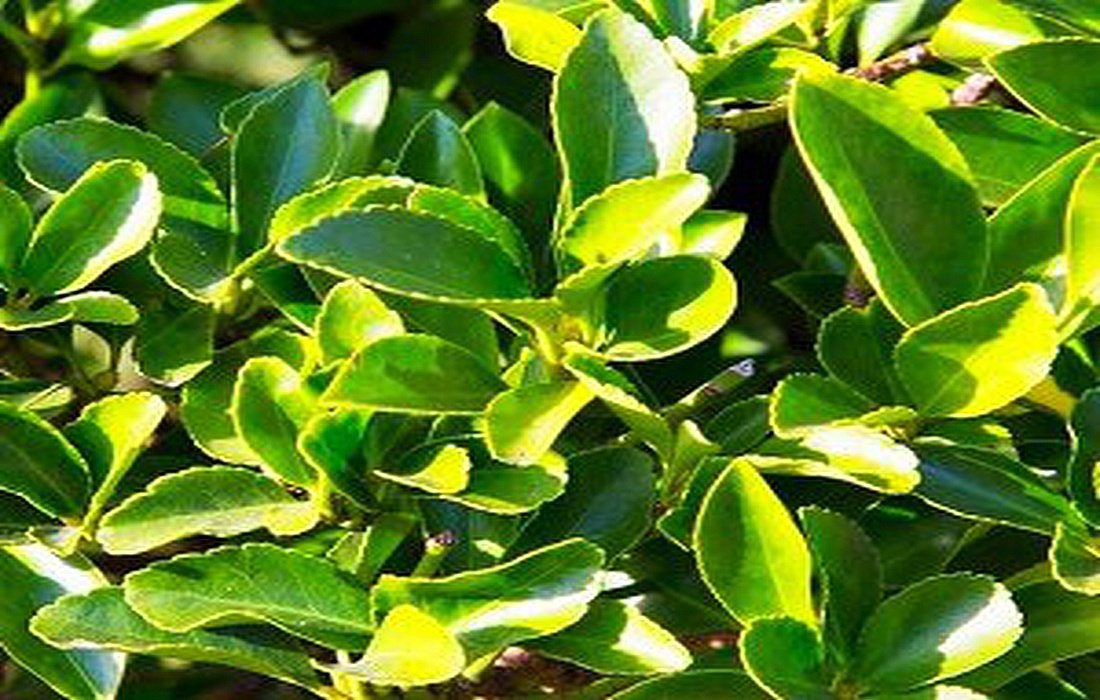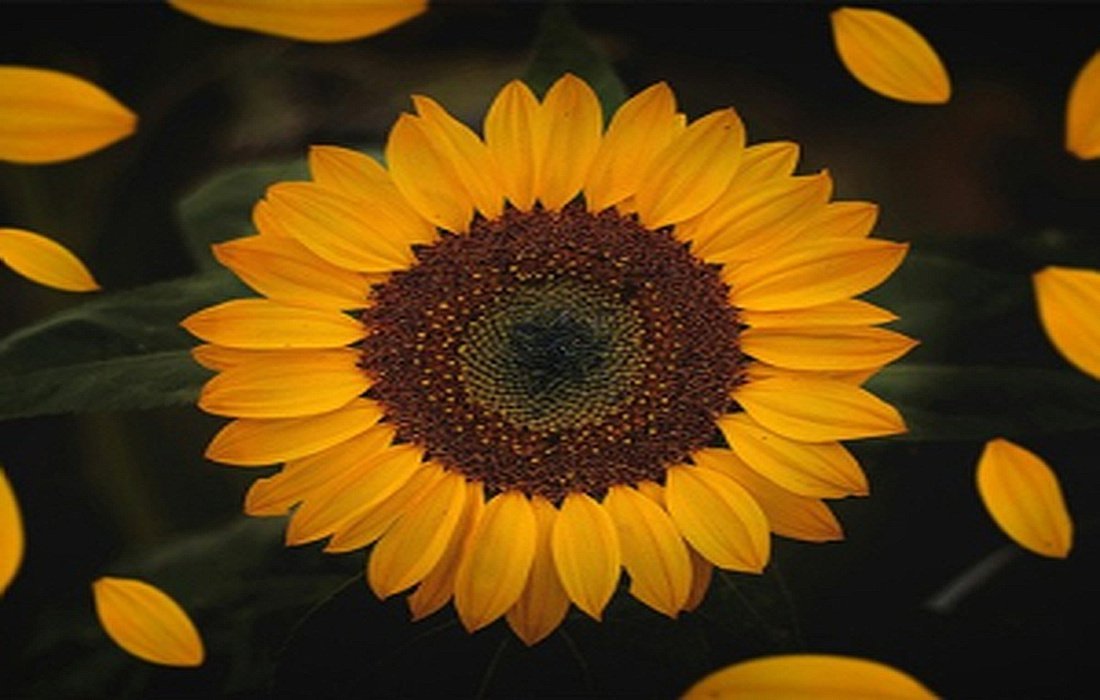Growing andCaring for the Boxwood Plant
The common boxwood is an evergreen flowering plant. It includes 176 different species that are evergreen, attractive, and suitable for hedges and pruning. Boxwood is native to the western and southern regions of Europe. It is also grown in South Asia and regions from England to northern Morocco, as well as in Mediterranean areas like Turkey and North Africa. In Iran, it grows in various regions of Golestan andMazandaranand Gilan. Boxwood is commonly found in warm and humid regions. It can easily be grown indoors or in gardens.
The scientific name of this plant is Euonymus japonicus, belonging to the Celastraceae family. The boxwood shrub is short, growing between 1 to 9 meters, with a width of up to 20 centimeters.
The appearance characteristics of boxwood include:
- Opposite branching of the plant
- Shrub-like growth habit
- Branches spreading at wide angles or slightly curved
- Leaves are leathery and smooth-edged
- Leaf length ranges from 24 to 35 mm and width from 10 to 14 mm
- Leaves are lance-shaped, wider at the base and narrowing towards the tip.
- Moreover, the leaf tip is relatively blunt and rounded. The upper surface of the leaves is dark green and shiny.
- The flowers are not decorative and develop small, pale green blooms in spring.
Common Boxwood
The common boxwood, or golden stem, is native to Japan and can reach a height of 4 meters in nature. The leaves of this species are glossy, leathery, and dark green, oval-shaped with short teeth along the edges.
The flower clusters are 5 cm long, and the flowers are greenish-white. These flowers appear in mid-spring, and the common boxwood produces pink and orange fruits.
Caring for this type of boxwood involves outdoor maintenance during summer and proper fertilization, as well as keeping it in a cool place indoors during winter.
Care for the Boxwood Plant
For caring for the common boxwood, moderate to high light, cool air, regular watering, humidity of 50 to 70 percent, and alkaline soil are required.
Watering the Boxwood Plant:
As mentioned inSelMagzwatering needs to be done regularly. The plant’s soil should be moist before watering again, so it’s essential to prevent the soil from drying out. However, during winter, the amount of watering should be reduced just enough so that the soil around the roots does not dry out. Lack of soil moisture can cause the leaf tips to dry out.
Fertilization of the Boxwood Plant:
A dosage of 5 grams of fertilizer per liter every two weeks from May to September is sufficient for boxwood.
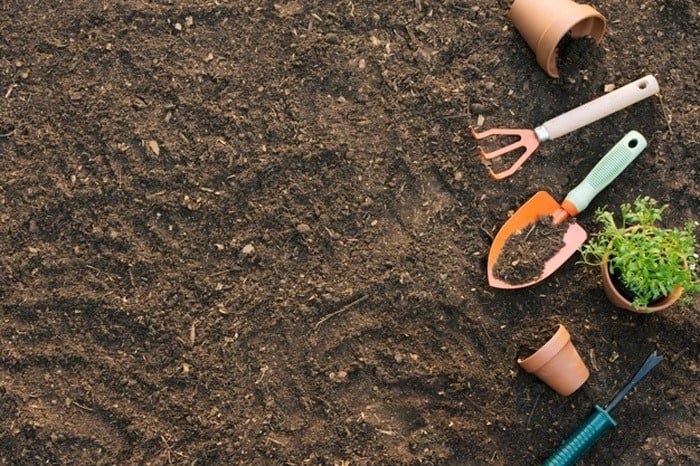
Suitable Soil for the Boxwood Plant:
The best soil for growing boxwood is a mixture of garden soil with a bit of sand. This plant thrives in any soil with good drainage and prefers alkaline soil.
Suitable Light for the Boxwood Plant:
Boxwood requires full sunlight for optimal growth. In fact, this plant enjoys sunny conditions for its development. It can grow in low light but at a reduced rate. Reduced light can also cause the leaves to fade.
Temperature of the Boxwood Plant:
Temperature, like light, significantly influences the life of any plant. The suitable temperature range for plant growth varies, determined by climatic conditions and the characteristics of each plant. Cool air promotes the best growth for boxwood; high temperatures can slow its growth, and excessive heat can scorch the leaves, leading to leaf drop.
Planting the Boxwood:
As mentioned, this type of boxwood can easily be grown indoors and in gardens. So, to plant it, choose the brightest spot in your apartment and place the pots there. Before planting, fill the pots with leaf compost and fertilizers, then water them. When planting two boxwood plants, maintain a distance of 70 centimeters between them.
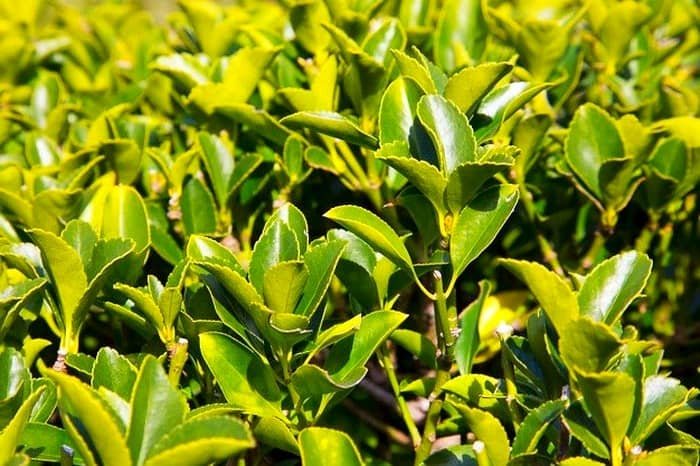
Methods of Propagating the Boxwood Plant
The optimal time for propagating the common boxwood is from mid-spring to early summer. Typically, boxwood can be propagated by sowing seeds or taking cuttings. The most suitable method for propagating this plant is through cuttings.
Soft, semi-woody, and woody cuttings can be used for propagation. For cutting, horizontal cuttings are preferred as they have a higher rooting success rate.
The leaves at the tips of cuttings should be removed, leaving only two or three leaves at the top, as otherwise, rooting speed may decrease.
For taking cuttings, cut the end of the stem at a 45-degree angle to about 7.5 cm with a sharp knife. After cutting, it is better to dip the cuttings in rooting hormone to enhance rooting speed, then plant them in suitable pots. You can plant the cuttings in a mixture of sand and perlite or peat moss and perlite in equal parts. Insert two-thirds of the cuttings’ height into a pot with a 4 cm opening diameter, and finally, to maintain moisture, cover the cuttings with a clear plastic bag. Be sure to create some holes in the plastic bag for proper ventilation.
It is crucial to ensure the plant is well-watered before taking cuttings, and cuttings should be taken every morning. Over-watering the pots can cause the cuttings to rot. For faster growth, place them in suitable temperatures andindirect sunlightand misting the cuttings will help keep the potting soil hydrated.
Given all conditions are met, it takes 4 to 8 weeks for the cuttings to develop roots.
Pruning the Boxwood Plant:
Fall and spring are ideal times for pruning this plant. Generally, boxwoods can tolerate any amount and type of pruning, and even without pruning, they maintain beautiful, dense shapes. The final appearance and size of pruning depend on the type of boxwood. When relocating young shrubs to their main location, the roots should also be pruned. To encourage bushy growth, it’s best to regularly prune the shrub for three years.
Boxwoods planted in hedges with geometric and sculptural shapes are pruned based on the hedge form and growth rates. Before new shoots appear in spring, use pruning shears to trim branches produced in late summer, and prune before new branches thicken and harden. When pruning hedges, the lower part should be larger or equal to the upper part to avoid overshadowing the lower portion.
To maintain a bushy appearance, continuously pinch the tips of the branches to stimulate lateral buds and produce dense growth.
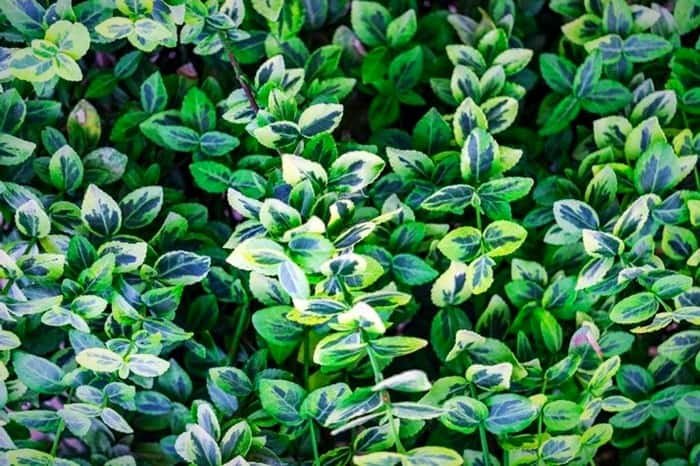
Diseases, Pests, and Treatments for the Boxwood Plant
Pests are factors that inhibit plant growth, and if not addressed, they can cause plant destruction. One common pest of boxwood is powdery mildew, which leads to leaf and branch discoloration. To free the plant from these pests, affected branches should be removed.
Medicinal Properties of the Boxwood Plant and Its Applications:
The leaves and the root bark have medicinal uses. One of the medicinal properties of boxwood is blood purification, diuretic, and laxative effects.
Additionally, the extract of this plant has fever-reducing, antiseptic, and healing qualities. It also helps with infections, nerve pain, epilepsy, fever-related pains,gout, syphilis,rheumatism, and ordinary as well as infectious wounds.



